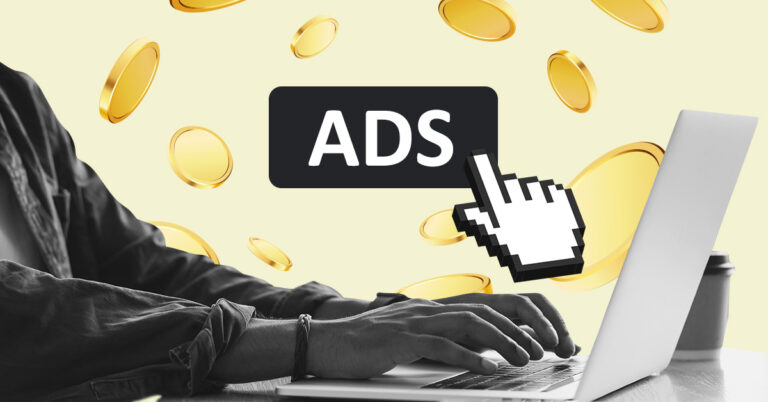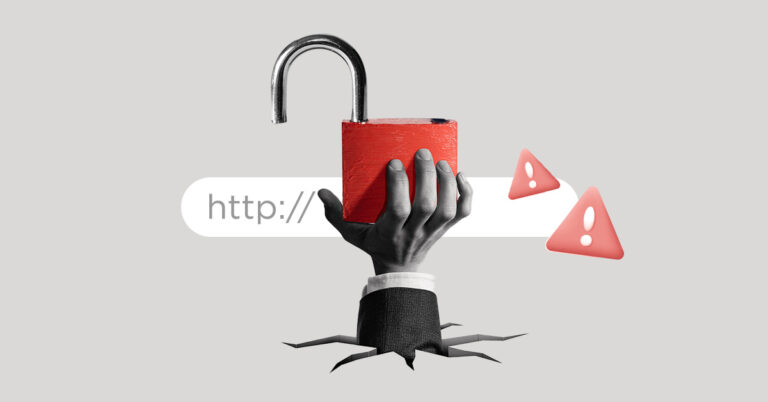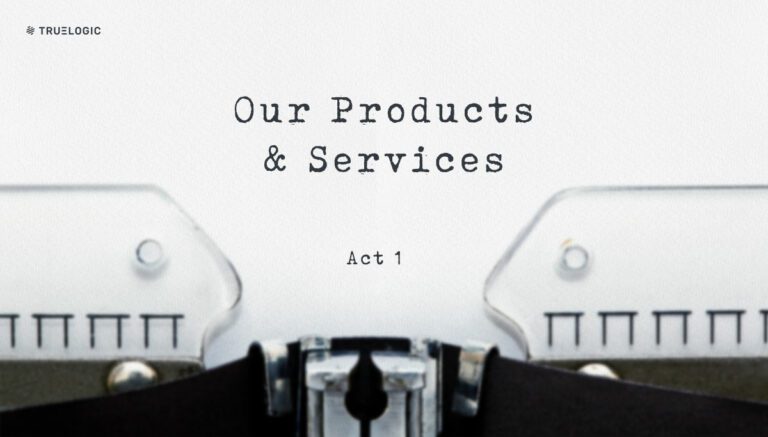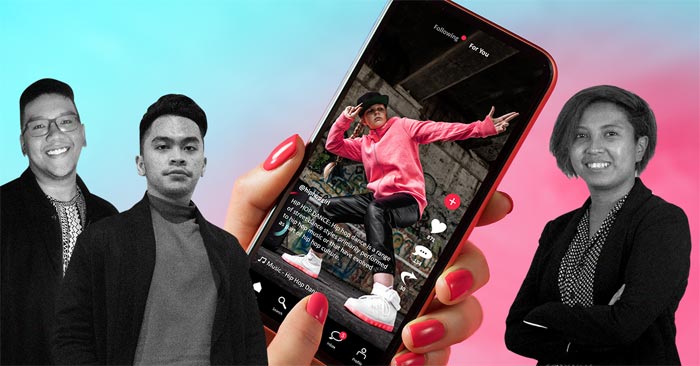Truelogic DX Recap: How to Influence Digital With Chuckie Dreyfus
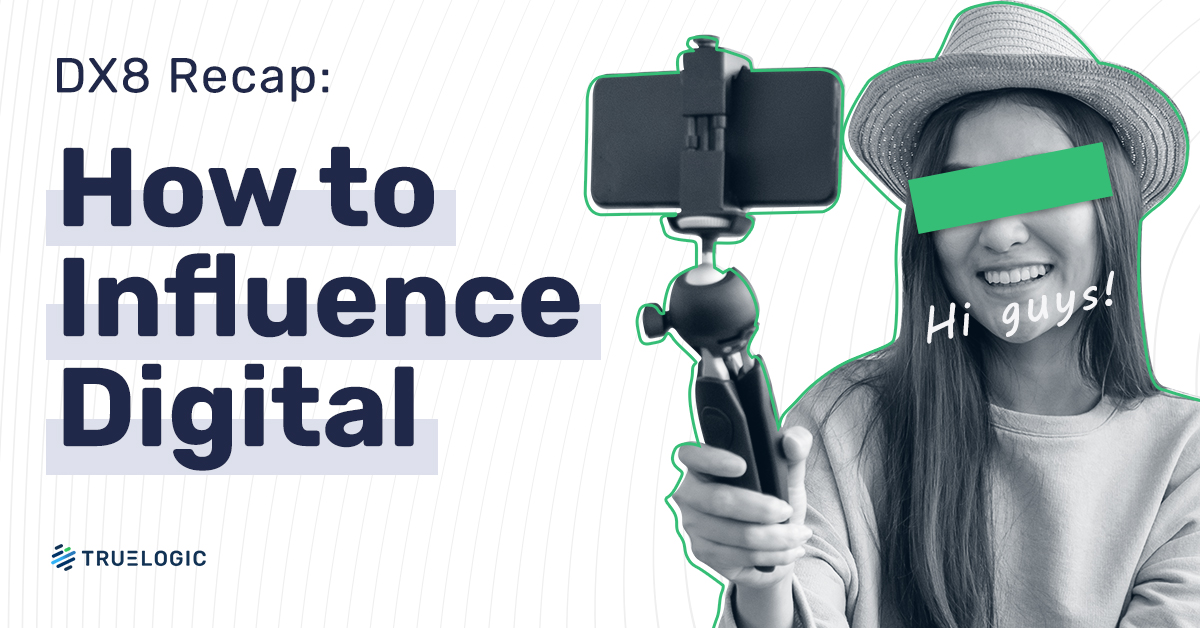
The theme for the July 2021 edition of Truelogic DX focused on Social Media and Influencer Marketing.
For this session of our regular webinar on digital transformation, we invited Chuckie Dreyfus, actor, blogger, vlogger, and video content creator to share his insights and experiences as a celebrity endorser and social media influencer.
Chuckie Dreyfus launched a career in show business as a child actor, appearing in movies produced by Viva and Regal Films, as well as in television as a variety show performer on That’s Entertainment. Chuckie later moved to songwriting, musical scoring, arrangement, and musical show direction. He is a member of FILSCAP, the Filipino Society of Composers, Authors, and Publishers, as well as the owner of his own music production company.
Dreyfus is active on various social media platforms and has built a loyal following over the years. To date, he has collaborated with several prominent brands, including Ford, Globe, and AirAsia.
In early July, he spoke with Truelogic Managing Partner Bernard San Juan III on life behind the scenes as an influencer, and how to make influencer partnerships work for both brands and partners.
The Difference Between Celebrity Endorser and Influencer
San Juan started the discussion pointing to an early generation of influencers who were prominent in their fields, like Abe Olandres of Yugatech, Joel Binamira of MarketManila, and Lori Baltazar of Dessert Comes First.
“Bloggers were the early influencers of their age,” at a time when the term “influencer” had not yet been coined, said San Juan.
With the arrival of Facebook, Instagram and other social media platforms, “influencers started becoming a thing.”
“What’s the difference between a celebrity endorser and an influencer?” asked San Juan of Dreyfus, who happens to be a bit of both. “Where is the line drawn between those two?”
Dreyfus admits that the lines are sort of blurred. “In some capacity, I endorse certain products as a celebrity. On the other hand, there are times when I also participate in, amplify, and help out other brands on an influencer level.”
The difference is most evident in the formal agreement between brand and the brand collaborator. If a brand wants you as a celebrity or as a brand ambassador, it will set certain expectations on exclusivity – or what’s known as a competitor “lockout” – and pay. It may mean avoiding certain behaviors, including not publicly using competitor products.
On the other hand, an influencer is usually expected to make brand mentions, maybe show the product off on social media – and sometimes it’s just a one-time thing, Dreyfus said.
San Juan observed that celebrities tend to represent “what a product is,” while influencers tend to send out or amplify product messages.
Dreyfus agrees. “When a brand taps you as an influencer, usually you’re not the only person being tapped.” Influencers have their own niche audiences, which brands take note of. Even if some of these influencers have relatively few followers on social media, brands will tap them for their personal authenticity and connection with their audiences, he said.
Dreyfus said that he’s okay if people and brands identify him as an influencer, but he’s not the type to use it as a title or put it on a calling card.
It’s okay if others do, “but I’m not going to go out there and say, ‘Hi, I’m an influencer,’” he said.
Brand-Influencer Partnerships That Work
San Juan asked Dreyfus what usually makes brands choose to work with an influencer.
Brands should look at their objectives and their product and see if the influencer is a match for their target audiences, Dreyfus replied.
If brands do their due diligence, then they know who he is and how he is viewed on social media. “I’d like to believe that brands choose me in terms of my capacity, reputation, and how personally connected I am with my audience.”
Many of his past and present partnerships happen informally, through personal connections. In other cases, agencies will approach and pitch him a brand or product. The best partnerships are formed because of “personal connection and friendships made along the way,” he says.
“Of course you start as business partners, but eventually you meet everyone and form a bond. The next thing you know, five years, ten years have passed, and you’re still [working together].”
For him, a good partnership is likely to happen if he has used the product and he personally likes it. He’d rather not endorse products he doesn’t believe in, or products where he wouldn’t fit as a credible endorser.
“I don’t want to fool my audience,” he says. If it looks like he did it for the money, when the next endorsement comes around, “[My audience] might not believe me,” he stated.
There are lots of opportunities for partnerships – whether it’s to keep a brand visible, or jumpstart promotions for a new product. Agreements with brands vary, and brands often give pointers on messaging.
“Most of the time, they would rather have me say it in my manner of speaking, because it will not sound authentic if it doesn’t come from me,” Dreyfus said, however.
He sometimes wishes he had produced more videos when he started on YouTube years ago. Today, he’s a lot more active, often shooting “a day in the life” videos of himself with his family, or going out shopping. He has also videoed himself traveling to foreign countries, going on a cruise, or getting ready for a movie shoot, since he is still active as an actor.
Dreyfus, who edits his own videos, emphasizes the importance of creating fun, experiential content that’s in tune with who he is and mentions the brand naturally without being too hard-sell.
“Audiences are smart,” he says. They know when you are “selling to them (binebenta mo sila).”
Staying Visible
Dreyfus knows on what days his engagements are stronger, or at what time people are more awake and likely to interact. He makes it a point to let brands know this and finds other ways to maintain his visibility. Unlike others, he makes it a practice to understand the digital ecosphere.
In 2018, he knew that an upcoming Facebook algorithm update would reduce his organic visibility. In response, he invited his growing follower base to a new Facebook group that he created. He knew that his Facebook page would be affected, but not his own personal group.
He remembers how he prepared and being glad that he did. As expected, his Facebook Page engagement, which was “in the thousands”, dropped dramatically after the algorithm was implemented, he recalls.
Today, in the group that he created, he no longer needs to “sell” the products that he works with, although his followers pay close attention to all the brands he mentions.
When posting, Dreyfus is also careful about not overusing hashtags, because Facebook picks up on hashtags as a selling technique. In his experience, posts with too many hashtags may lose their organic visibility.
Making Genuine Connections With One’s Audience
Dreyfus recalls his early efforts at vlogging on YouTube exclusively in English, thinking that he could address an international audience, but noticed it wasn’t working.
One day, he told himself, why not try videoing and captioning his videos in Taglish (Tagalog-English).
On camera, he also tried to be more spontaneous and off the cuff. “That’s when the comments and the engagement started happening,” said Dreyfus, realizing that he had found his market.
Dreyfus now knows he reaches a valuable audience in overseas Filipino workers, many of whom are breadwinners remitting money back home.
On one occasion, he received a message from an overseas follower, asking him if he was happy with his car, whose brand he endorses. If he was, Dreyfus recounts, the follower would tell relatives in the province to go and buy it too. “Thank you – thank you for the trust,” he says of that story.
Dreyfus believes in being approachable and dispelling the idea that “Ah, artista siya, di ma-reach (He’s a performer, somebody who’s out of reach)”. When he replies to comments on social media – and he tries to reply to everyone – people are still sometimes surprised.
He believes people tend to listen to influencers now, rather than, say, read a magazine or watch a commercial on TV. The connection with influencers is more “authentic” and “more experiential,” he said.
On Influencer Authenticity
San Juan noted that “authentic” is a buzzword on social media. A social media influencer is effective when he’s authentic, but what does that mean?
Being cliché and creating posts that say “everything that is just beautiful is there” is not authentic. Too well curated captions? Also not authentic, said Dreyfus.
“To be authentic is to be yourself. I know it sounds cliché, but speak your mind…and also be respectful – so that people really know what goes on inside your head and know your character.“
If you would like to watch the entire webinar replay, please come to our Truelogic YouTube page by visiting this link.
Truelogic schedules regular webinars related to digitization and digital marketing transformation. Stay updated on our upcoming webinars by bookmarking this page on our website, or by following us on Facebook and LinkedIn.

